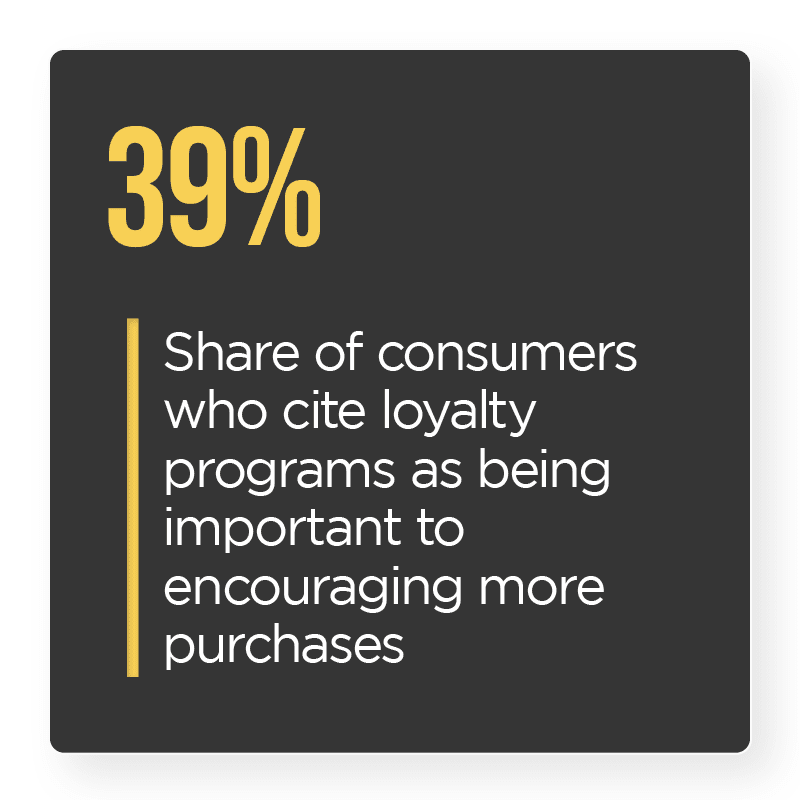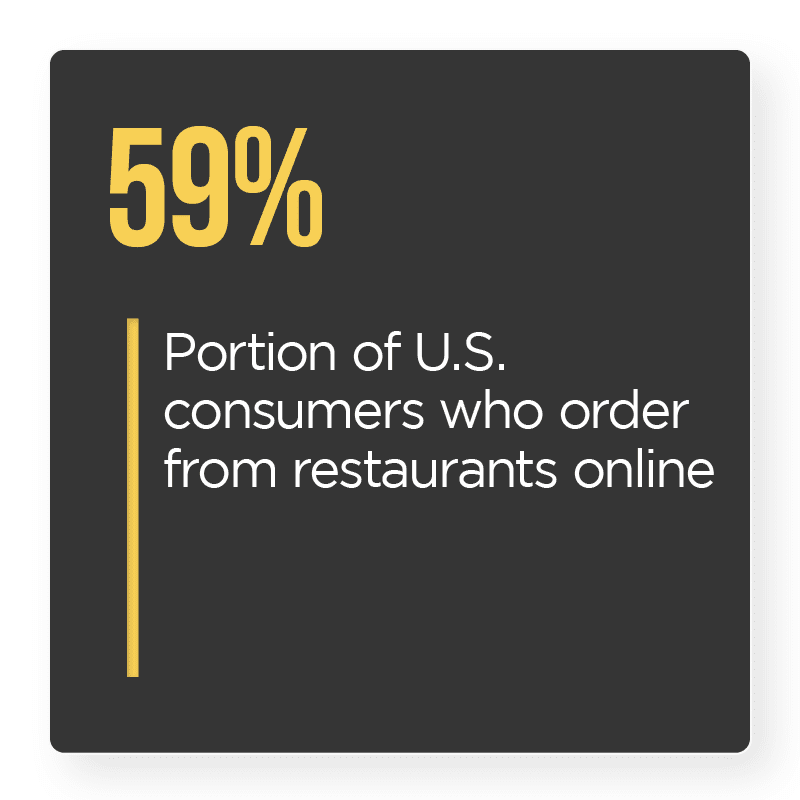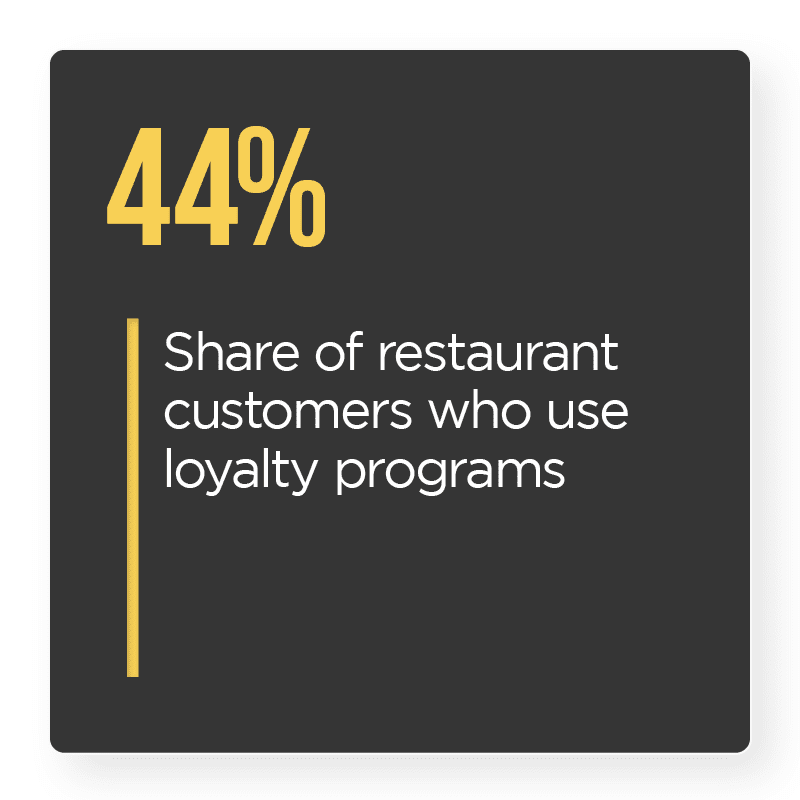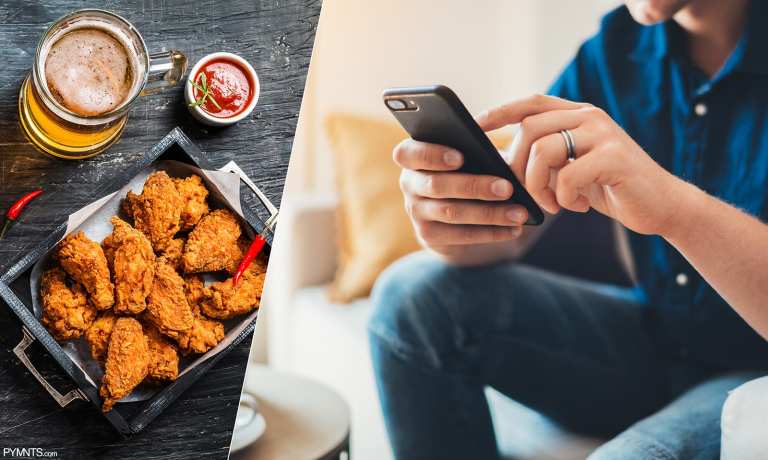Loyalty programs have been a mainstay in quick-service restaurants’ (QSRs) tool kits. Research suggests that given the enormous competition in the industry, however, free food and discounts aren’t enough to attract and maintain customers. QSRs are realizing the benefits of offering customized rewards geared toward patrons’ specific needs through the channels they use most. One PYMNTS survey revealed up to 84 percent of consumers are choosing businesses that customize their engagement efforts to their needs.
 The January Order To Eat Tracker® examines how QSRs are working to integrate cutting-edge solutions into their loyalty and ordering operations to help enhance customer experiences and drive customer spending.
The January Order To Eat Tracker® examines how QSRs are working to integrate cutting-edge solutions into their loyalty and ordering operations to help enhance customer experiences and drive customer spending.
Around The Order To Eat Space
Peer-to-peer (P2P) mobile payment service Venmo and fast-food giant Burger King collaborated on a new promotion to engage with consumers. The pair sent Venmo users $1 at random to promote its Your Way value menu, according to a press release. By depositing money to select customers, the burger chain hopes to boost orders of its low-priced items. The campaign also highlights Burger King’s recent focus on growing its mobile presence.
In an effort to support New York’s more than 50,000 restaurants, N.Y. Gov. Andrew Cuomo launched the second phase of a digital initiative in which the state partnered with commission-free online ordering system Ritual to offer its platform, Ritual One, for free through April. Restaurants that join Ritual will be free from credit card, delivery, pickup, subscription or setup fees. In addition, participating restaurants are provided access to customer data, a statewide marketing campaign and can integrate Ritual One with Google, Instagram and Facebook.
The National Restaurant Association has issued new guidelines for third-party meal delivery. The “Public Policy Principles for Third-Party Delivery” is a collaboration between the Washington, D.C.-based trade group that  represents more than 380,000 restaurants in the United States and delivery providers. It recommends best practices for delivery companies and guides lawmakers for crafting future public policies. Among the principles include: restaurants have a right to know and decide when and if their food is delivered; Customers should expect the same degree of food safety from delivery as they do when dining in; and restaurants deserve transparency on fees charged by third-party delivery companies.
represents more than 380,000 restaurants in the United States and delivery providers. It recommends best practices for delivery companies and guides lawmakers for crafting future public policies. Among the principles include: restaurants have a right to know and decide when and if their food is delivered; Customers should expect the same degree of food safety from delivery as they do when dining in; and restaurants deserve transparency on fees charged by third-party delivery companies.
For more on these and other stories, check out the Trackers News & Trends section.
Red Robin On Its Data-Driven Approach To Customer Loyalty
As the competition between QSRs continues to intensify, these outlets are looking for new ways to attract — and keep — diners. In this month’s Feature Story, Jonathan Muhtar, executive vice president and chief concept officer, and Cyrus Kelley, vice president of consumer insights and loyalty for casual dining chain Red Robin, discuss how personalizing its rewards program has improved the customer experience, driven customer spending and increased sales. It also explores why using data to customize the experience is key, and how Red Robin makes its rewards program’s onboarding process as simple and seamless as possible.
 To read the full story, download the Tracker.
To read the full story, download the Tracker.
Why Customized Rewards Are Key To Driving Sales
Recent surges in digital ordering driven by housebound consumers amid the pandemic has made competition fierce between QSR chains. Nearly 80 percent of customers said the most important benefit when evaluating QSRs’ loyalty programs is free food, for example, and the second most popular feature is customized discounts. This Deep Dive explores how personalized rewards experiences are key to helping QSRs gain and retain customers — especially since roughly 40 percent of their total revenues come from repeat business.
Read the full Deep Dive in the Tracker.
The Order To Eat Tracker®, a PYMNTS and Paytronix collaboration, is a monthly report that examines the evolving restaurant space. The report highlights how fast food, fast-casual and QSR establishments are embracing technology, enhancing loyalty offerings and working with aggregated service providers to offer more seamless in-house and delivery ordering experiences and improve customer engagement.

